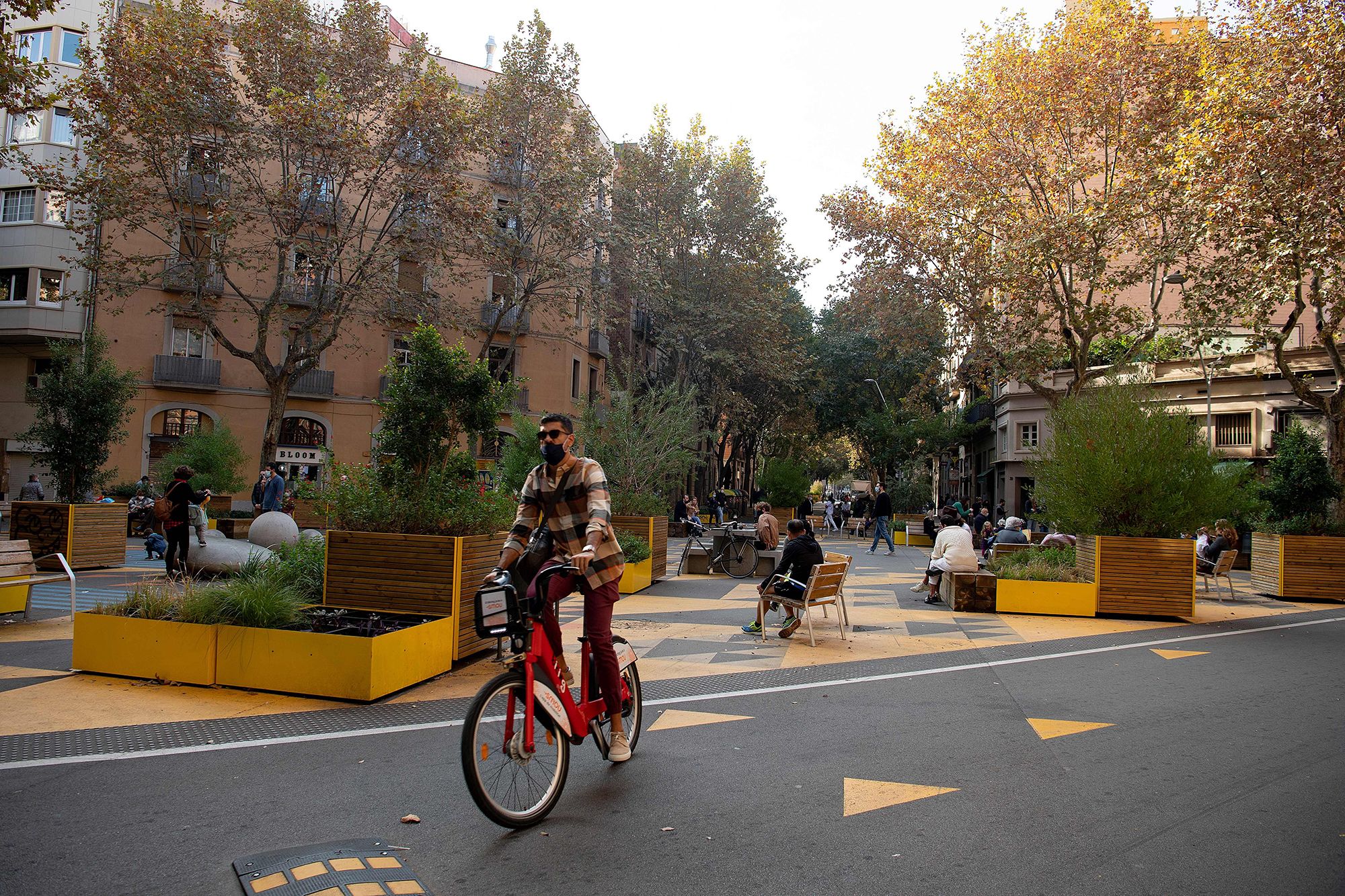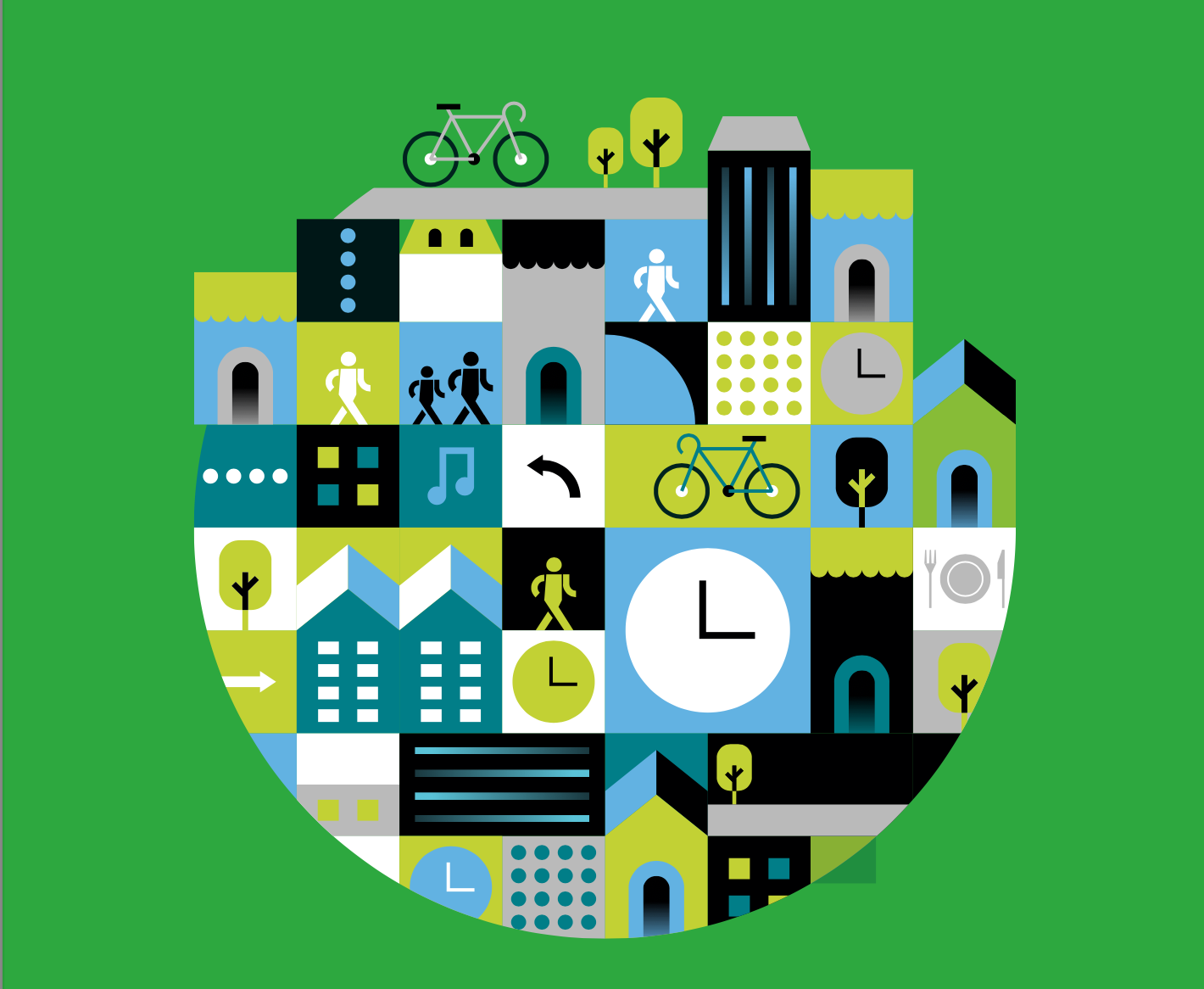
"15-Minute City" is a new urban planning model conceived in 2016 by Carlos Moreno who assumed that the need for urban environments to be people centered Moreno et al. (2021). Allam et al. (2022) further explained that the '15-Minute City' is an emerging concept. It is currently applied in major European Cities, such as Paris and Barcelona, and quickly gaining popularity as a potent solution for encouraging urban sustainability transitions.
Opportunities of 15-Minute City

Climate Change
Allam et al. (2022) points out that cities contribute more than 60% of greenhouse gas emissions and demands a redefinition of urban policies, particularly around mobility. Moreover, the needs for cities to reduce greenhouse gas emissions and manage resource consumption more efficiently are important.

Inequality of Facilities' Accessibility
Moreno et al. (2021) highlight the negative impacts of car-dependent urban planning on socio-economic fabric, leading to increased traffic congestions and economic losses, as well as lower air quality. The '15-Minute City' concept aims to create more equitable urban spaces where essential services are accessible to all within a short walk or bike ride.

Environmental Degradation
Allam et al. (2022) mentioned that contemporary urban areas are responsible for significant environmental degradation, including the consumption of 78% of the world's energy primarily in transport, construction, and manufacturing, which are predominantly urban activities. Moreover, urban expansion also caused the destruction of green space and habitats. The '15-Minute City' helps protect the environment and preserve green spaces and supports biodiversity.

Economic Activities Localisation
As discussed by Moreno et al. (2021), the pandemic has led to a reevaluation of urban economic structures, with a shift toward more localised economic activities, and this brings the people's needs for localised services. The '15-Minute City' aligns with this shift by promoting local economic activities and accessibility, potentially reducing commute times and enhancing local employment opportunities.